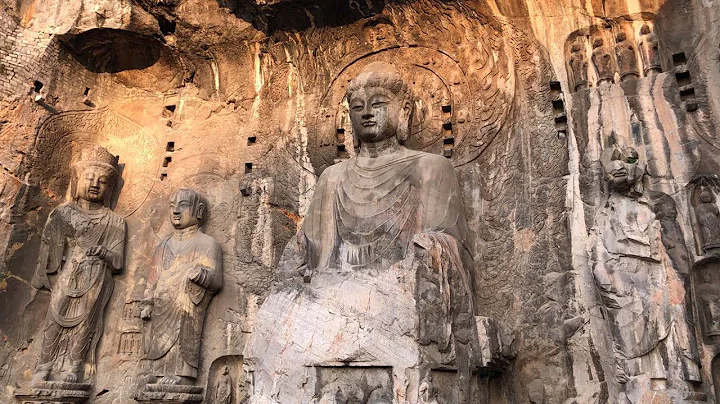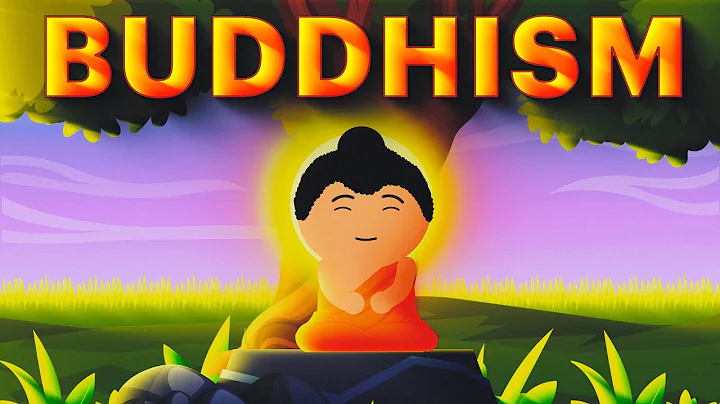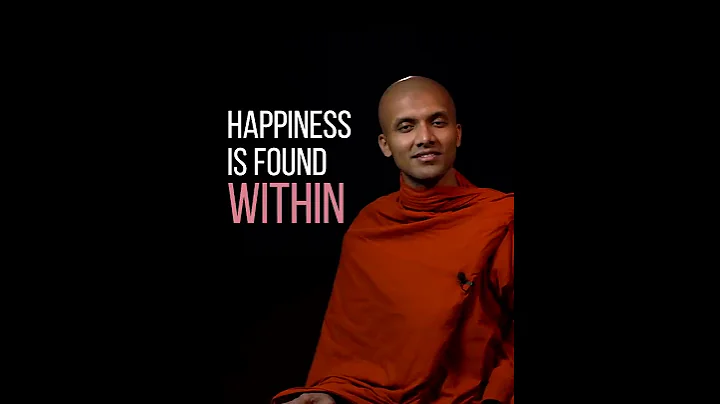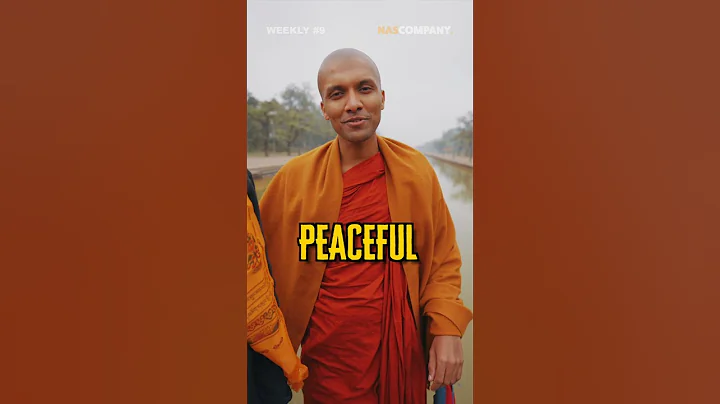On June 21, Institute of World Religions, Chinese Academy of Social Sciences Lecture 9 of the Academic Activity Week - "On the Sinicization of Religious Art" was held online, with more than 300 people participating. Luo Wenhua, a researcher at the Institute of Tibetan Buddhist Cultural Relics of the Palace Museum, took the fusion of Sino-Tibetan Buddhist painting art since the 14th and 15th centuries as the theme, and based on a large number of rare documents and materials, analyzed the multi-level and multi-layered integration of Sino-Tibetan Buddhist culture from 5 observation points. Diversification.
The first observation point is the continuous and profound influence of the Arhat paintings of the Yuan, Ming and Qing Dynasties Chinese Buddhism on the Tibetan Buddhist Arhat Thangka art. From the Song Dynasty to the late Qing Dynasty, Luohan paintings from Han Buddhism continued to enter Tibet, and Tibetan Buddhism imitated and transformed them in different eras. In Tibetan Buddhist Arhat paintings, only a small number of Arhats can be accurately identified by holding objects. This is influenced by the Luohan paintings of Chinese Buddhism, which is different from Tibetan Buddhism's emphasis on rituals and strict compliance with image records. Rich natural scenery, figures, decorations, etc., these standardized elements in Chinese Buddhist paintings were transformed, transplanted, reorganized, and innovated by Tibetan craftsmen in the Yuan, Ming and Qing dynasties, forming new works that integrated Chinese and Tibetan artistic styles. The Miantang School of Tibetan Thangka Painting, the Qinzi School of Painting, and the Karma Gazi School of Painting were all founded and developed under the influence of the artistic style of Chinese Buddhist paintings with themes such as Arhat and Treasure King. Tibetan Buddhist Arhat paintings are not copies of Chinese Buddhist Arhat paintings. They incorporate Tibetan Buddhism’s different understanding of Arhat and transform them into their own Arhat system. There are eighteen Arhats in Chinese Buddhism, while there are only Sixteen Arhats in Tibetan Buddhism. Luo Wenhua cited several examples: the Tibetan imitation of the painting of "Venerable Galiga" during the Yongle period of the Ming Dynasty added the image of Amitayus Buddha around it; the Yuan Dynasty Arhat Thangka of the Jokhang Temple in Tibet should be a tribute to the people of the Yuan Dynasty. An imitation of the Rain Flower Painting, but replacing the natural scenery in the Rain Flower Painting by Xuan Fan of the Yuan Dynasty with human figures, etc., and replacing the background with the bright red that Tibetan Buddhism likes to use; It is an imitation of the Buddhist " Crouching Tiger Arhat " picture, but in the image, a peacock replaces the tiger, adding the image of the feudal king, but retains the image of the waiter hiding in the crack of the door to peek out of fear.

▲The work of Venerable Galiga during the Yongle period of the Ming Dynasty. (Pictures for this article are provided by Luo Wenhua)
The second observation point is Naining Temple Yongle Zhantan Buddha statue, silk painting thangka and the transformation of Tibetan painters. This thangka is preserved in Naining Temple, 10 kilometers southeast of Gyantse . It has the Chinese and Tibetan words "Ode to the Sandalwood Buddha Statue Made by the Emperor of the Ming Dynasty" in Chinese and Tibetan. It is a silk-painted thangka from the court of the Ming Dynasty. There are images of the Patriarch painted on the upper left and right sides of the Buddha statue. This is a processing and transformation of the original work by a Tibetan painter. The famous archaeologist Su Bai believes that this thangka may have been a reward from the court in the 11th year of Yongle. Tibet not only protects the paintings from the palace, but also transforms them.
The third observation point is about the two Sino-Tibetan fusion image modes of the Treasure King. The King of Treasures, also known as the "King of Wen", "Kubero", etc., is the northern king among the four kings. Influenced by the ancient Kingdom of Khotan, the belief in the Treasure King was very popular in the Tang Dynasty, and he appeared as the God of War. Xixia and the Yuan Dynasty, in Tibetan Buddhism, the King of Treasures gradually evolved into the protector and the god of wealth. In a 13th-century silk color painting of the King of Treasures in a private collection, the King of Treasures rides a blue lion, and the image of the four gods of wind, rain, thunder and lightning in the Central Plains appears in the painting. The painting of the King of Treasures in the Dharma Protector Hall of Shalu Temple shows a woman in Han attire and a strong man (or boy) pouring out treasures. There are several different opinions in the academic circles on the portraits of men and women in Han attire that appear in the painting of the Treasure King in the auspicious multi-door pagoda of Baiju Temple in Gyantse. After research, it is proved that they should be the parents of the Treasure King. It is an interesting question how the parents of Treasure King, who are only mentioned in historical records, appear in paintings in Han attire.

▲A 16th-century imitation of the Venerable Galiga in Tibet.
These combined Chinese and Tibetan image patterns all show the characteristics of the blending of Chinese and Tibetan cultures.From the Western Xia Dynasty to the Yuan Dynasty, a unique combination of the Sino-Tibetan treasure king and the eight great yaksha generals appeared in the Hexi region. Almost at the same time, another Sino-Tibetan image pattern of the King of Treasures appeared in Tibet, and gradually became one of the main themes of Sino-Tibetan fusion art.
Luo Wenhua particularly emphasized that Tibetan Buddhism continues to absorb and transform Chinese Buddhist art and form its own style and style, but some works will be sent to Chinese Buddhist areas and courts, affecting the artistic style of the mainland. Therefore, the influence between them is not one-way, but two-way, or even multi-way. The fourth observation point "from Jingtai writing sutras to Chenghua and Zhengde Thangka" is a good proof. A set of "Ganyur" from the Ming Dynasty is collected in the Palace Museum . The Tibetan sutra names and punctuation marks of "Eighteen Thousand Psalms of Prajna" are made with gold powder and gold. The punctuation marks are engraved in Chinese with the words "Da Ming Jingtai". Made in seven years." The "Secret Palace Zhulin First Edition" of the Qing Dynasty also records that a set of "Gangzhur" copied during the Jingtai period was indeed hidden in the palace. It shows that this set of "Ganyur" should be the Tripitaka created by Emperor Jingtai who believed in Tibetan Buddhism to pray for blessings and longevity. The five Buddha curtains in this set of "Ganyur" not only have five different patterns, but also correspond to the colors of the five-party Buddha , namely white ( Vairocana Buddha ), green (Avatar Buddha), yellow ( Precious Born Buddha ), blue ( Akho Buddha ) and red (Infinite Light Buddha). This is also an obvious characteristic of Tibetan Buddhism.
During the Chenghua and Zhengde periods of the Ming Dynasty, Tibetan Buddhism had a profound influence in Beijing, and many thangkas that blended Chinese and Tibetan styles appeared in the court. There is an inscription on a thangka of the Duowen Tianwang with color on the canvas: "On September 24, the 10th year of the Zhengde reign of the Ming Dynasty, the Dharma King of Baoan Temple, the Great Protector of the Country, captured Pandan and made a determined effort to create charity." The main figure in the painting, King Duowen, is in the style of Tibetan Buddhism, and the images in the clouds around him are like figures in the water and land monasteries of Chinese Buddhism.
The fifth observation point is the spillover of Sino-Tibetan fusion art. The integration of Chinese and Tibetan Buddhist painting art reached a climax in the 14th and 15th centuries. This integration had a great impact on the localization of Tibetan Buddhist art. The art of Sino-Tibetan integration not only affects the Tibetan Plateau and the mainland, but also affects surrounding countries. Nepalese craftsmen working in Tibet at that time often took advantage of travel opportunities to take samples and draw samples for future use. In particular, some unfamiliar Chinese-Tibetan fusion themes are often sampled, such as the Chinese-dressed figures in the paintings of Treasure King, and the images of dragons often seen in Tibetan Buddhist art after the 15th century.
Wang Zhiyuan, a researcher at the Institute of World Religions, Chinese Academy of Social Sciences, said: "China's Buddhist culture and art are jointly created by the Chinese nation, and include the cultural characteristics of various ethnic groups that believe in Buddhism and the new culture formed by the interaction of these cultural characteristics. Characteristics. The interaction and blending of Chinese and Tibetan Buddhist cultures is an important part of the Sinicization of Buddhism. Chinese Buddhist culture has also influenced countries and regions such as Japan, Vietnam, and the Korean Peninsula, and has played a positive role in promoting Chinese culture to the world. "(End) (Article source: China National Newspaper )
Author/Wu Yan
Editor in charge: Tao Siyuan
![Sino-Tibetan Multi-Language [Full-HD] With Flags (High Quality Multi) - DayDayNews](https://i.ytimg.com/vi/5N5IyqsMD-8/hq720.jpg?sqp=-oaymwEcCNAFEJQDSFXyq4qpAw4IARUAAIhCGAFwAcABBg==&rs=AOn4CLBinQxlmaUgkgYyjZphQS9SWmCk5g)
![Sino-Tibetan Multi-Language [Full-HD] With Flags (High Quality Multi) - DayDayNews](https://cdn-dd.daydaynews.cc/img/play.svg)


![Sino-Tibetan Multi-Language [Full-HD] With Flags (High Quality Multi) [No Names] - DayDayNews](https://i.ytimg.com/vi/N2hM29INBgk/hq720.jpg?sqp=-oaymwEcCNAFEJQDSFXyq4qpAw4IARUAAIhCGAFwAcABBg==&rs=AOn4CLAi269iL4Zjj1O7jTI_5ISkOSRklg)
















